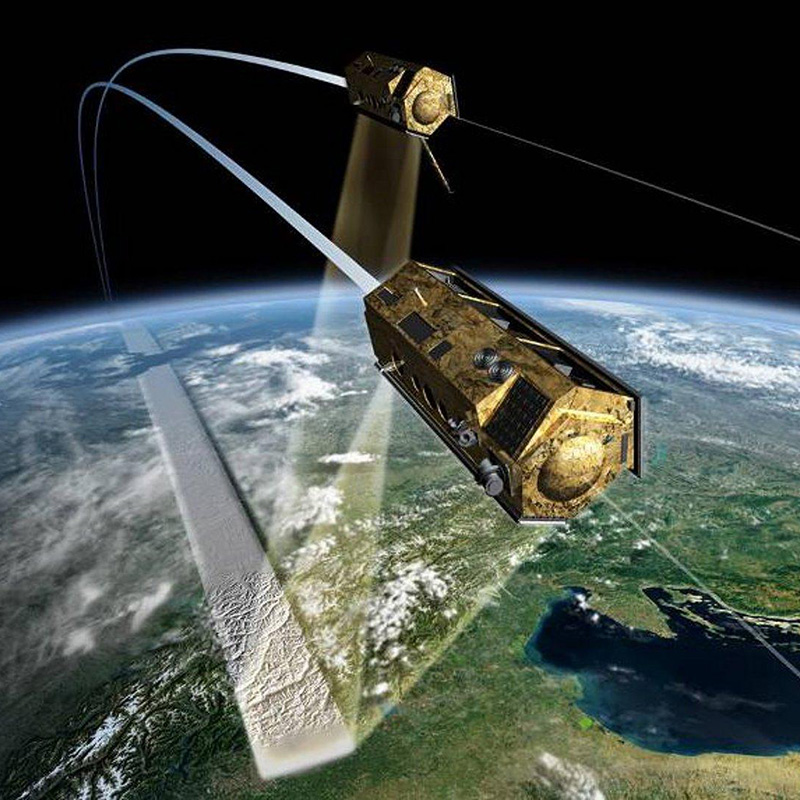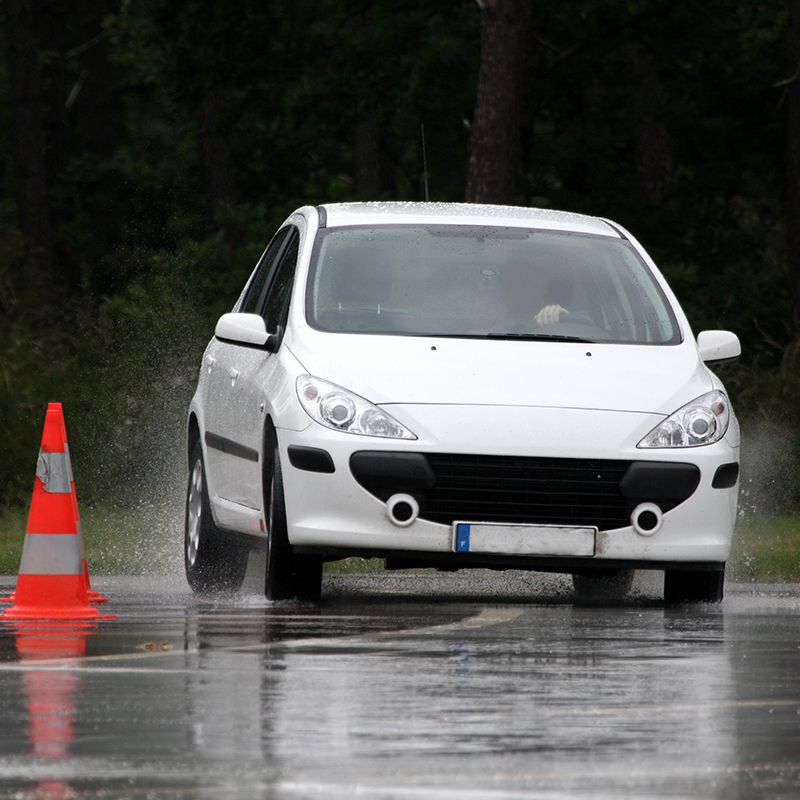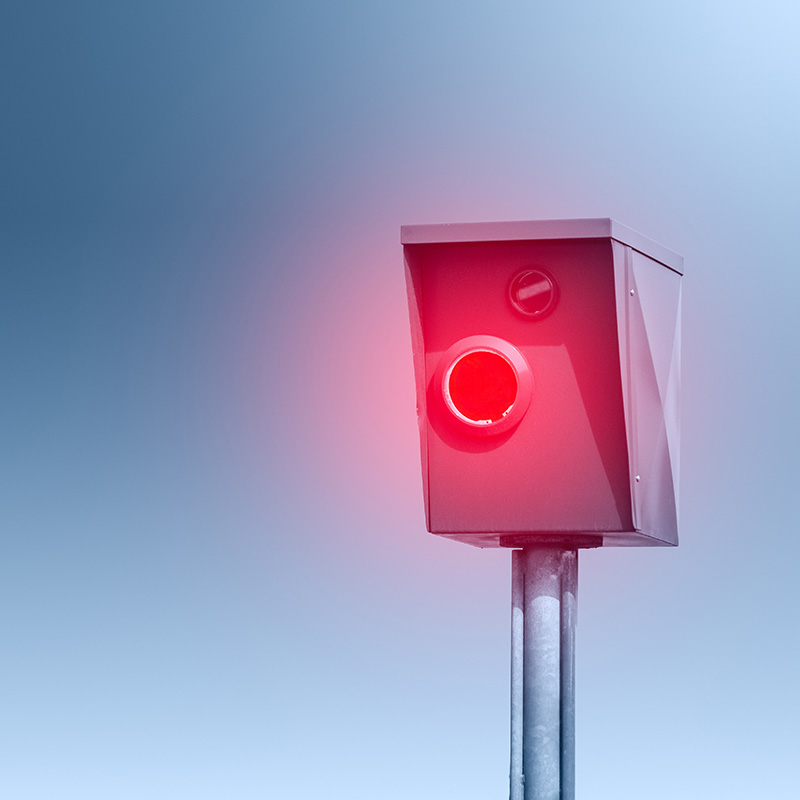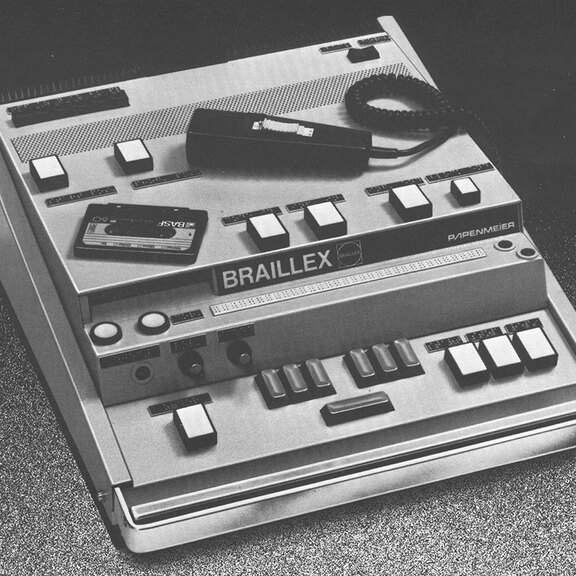“Turn right at the next exit”, “If possible, please turn around”: for motorists, these instructions are a great help on unfamiliar routes. Today’s navigation devices started out over 30 years ago, developed by Blaupunkt, a Bosch subsidiary. Position papers on “route guidance systems” are said to have been developed by engineers as early as the late 1970s. In 1983, the first prototype was built at Blaupunkt’s headquarters in Hildesheim: “EVA” stood for “elektronischer Verkehrslotse für Autofahrer”, or “electronic traffic controller for motorists”. The system initially worked with a cassette on which a map was stored. The cassette’s data volume was just enough to cover Hildesheim city center.
Mini-computer for orientation
In 1989, the first European car navigation system ready for series production hit the streets: the “Travel Pilot IDS” still managed entirely without satellite support. Instead, the mini-computer worked on the principle of dead reckoning: it informed drivers of their current position in road traffic on the basis of a map stored on CD, the start and destination coordinates, and wheel sensors. According to Bosch, the company finally achieved satellite-based navigation with route guidance and voice output in 1995 with its Travel Pilot RG 05.







